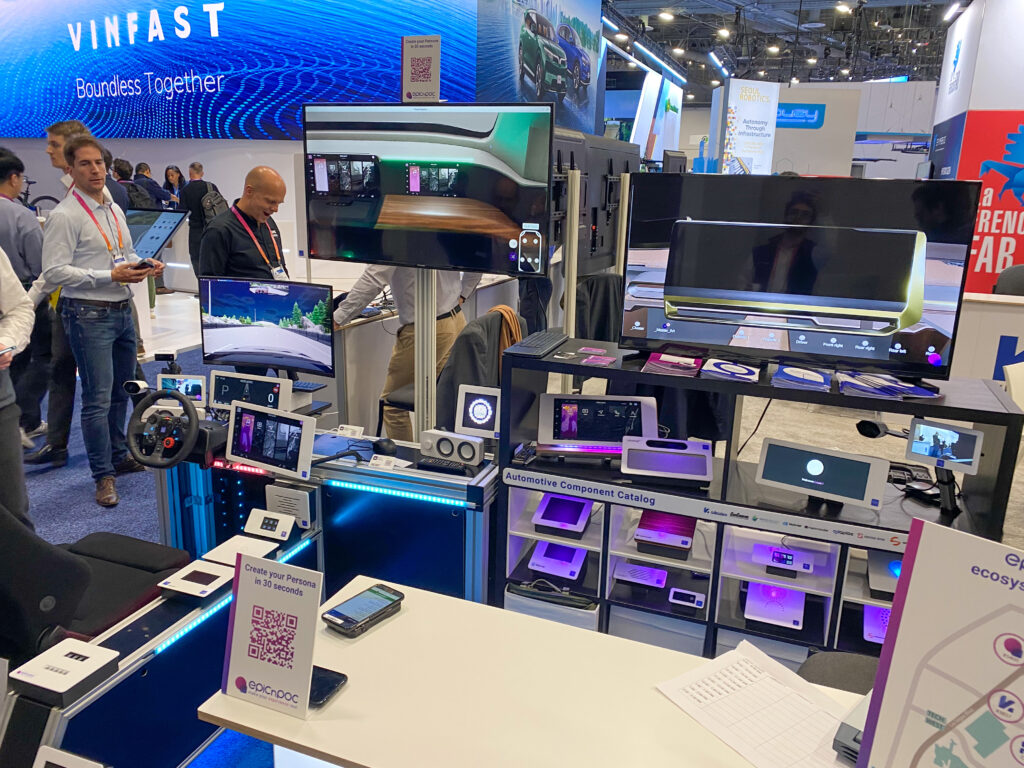In modern engineering, prototypes are crucial for developing new products and technologies. Whether it’s designing a new vehicle, creating an innovative medical device, or making an aerospace part, prototypes help engineers turn their ideas into tangible realities. But what exactly is an engineering prototype?
What is a prototype ?
A prototype is an early version of a product created to test and validate concepts before full-scale production. It helps verify the feasibility, functionality, and aesthetics of a design while identifying potential problems and allowing for necessary improvements.
Prototypes are essential in engineering. They allow ideas to become physical objects or digital models, enabling engineers to check their designs before investing in manufacturing. Different types of prototypes exist: conceptual prototypes explore high-level ideas, functional prototypes test mechanisms and technical performance, aesthetic prototypes assess appearance and ergonomics, and pre-production prototypes are almost final versions used for final testing before mass production.
How important are prototypes in engineering ?
Prototypes play a key role in engineering by validating initial ideas and ensuring their feasibility. They reduce risk by finding and fixing errors early, cutting down costs and delays from late changes. Testing prototypes gives engineers valuable information to improve and refine their designs, making products more robust and better suited to user needs. Prototypes also help communication and collaboration among stakeholders, offering a clear representation of concepts and aligning visions and expectations.
Prototypes encourage innovation and creativity. They allow rapid experimentation and frequent iterations, which helps in creating pioneering products. The iterative process ensures that each version of the product is better than the last, leading to a refined final product.
What are the stages involved in developing a prototype ?
Prototype development in engineering follows several stages. It starts with ideation and design, where engineers and designers generate ideas, define objectives, and create 3D models using computer-aided design (CAD) software. This stage involves brainstorming and conceptualizing to ensure that the initial ideas are solid.
Next, the manufacturing phase turns these models into physical prototypes using techniques such as 3D printing, machining, or laser cutting. This phase brings the design to life as a tangible object.
After manufacturing, the prototype undergoes rigorous testing to assess its performance, durability, and compliance with specifications. Testing is critical as it reveals the strengths and weaknesses of the prototype, providing data for further refinement.
Based on the results and feedback from testing, the prototype goes through several iteration cycles. During these cycles, modifications and improvements are made to optimize the design. This iterative process is key for refining the product, ensuring any issues are addressed, and enhancements are included.
Each stage in prototype development aims to transform an initial idea into a tangible, functional product ready for large-scale production. By following these stages, engineers ensure their final product is functional, reliable, and meets high standards of quality and performance. This structured approach to prototyping ensures that by the time a product reaches the market, it has been thoroughly tested and refined, providing users with the best possible version of the new technology.
About Epicnpoc
Create your smart product experiences better and faster with the tools you need to quickly turn your concept into an interactive prototype. Work with a team of design and software engineering experts that have supported concept cars and completed over 25 high-profile PoCs with global corporations, government, and educational institutions. If you work on smart products that provide interaction and generate emotions, then jumpstart your future product experience today!
Communication Contact:
contact@epicnpoc.com

